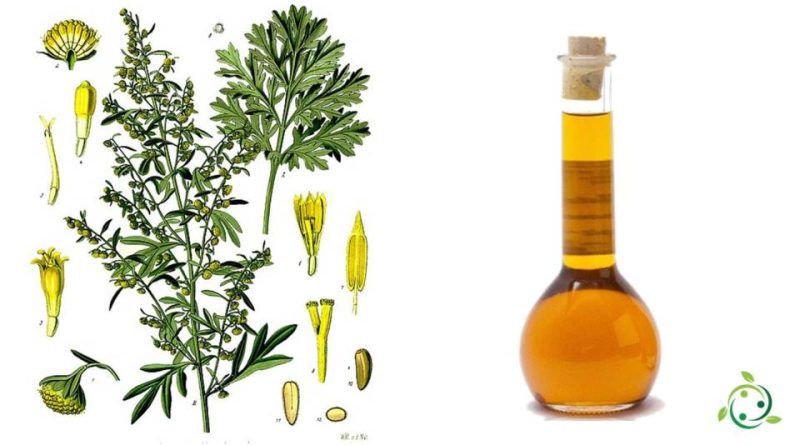Mugwort essential oil
Mugwort essential oil
Mugwort essential oil is obtained from a genus of plants (Artemisia L., 1753) belonging to the Asteraceae family.
Some species with alternate leaves, lanceolate, incised-toothed, green and hairless above, whitish and tomentose below belong to Artemisia.
They are plants native to both the temperate areas of Europe, Asia and North Africa, and are also naturalized in North America. They grow from the plain to the foothills, along rivers and at the edges of fields.
These are plants with medicinal uses whose drug consists of both the roots and the aerial part; in particular, the tips of dry twigs are used.
These plants contain a number of compounds including:
– Essential oil rich in terpenes and thuions;
– Sesquiterpene lactones;
– Flavonoids;
– Bitter substances;
– Hydroxycoumarins.
Composition –
The essential oil of Mugwort varies, of course, depending on the species from which it is obtained but also on the area in which it grows. In general, however, it contains various oils, flavonoids, terpenes, and coumarin derivatives, as well as a bitter principle, artemisin, tannic acid, mucilage, a resin, a volatile oil that contains cineol, thuione, eucalyptol, inulin and traces of other substances.
Most of the active ingredients with the plant’s healing benefits are concentrated in the leaves and flowering tops.
The essential oil is extracted mainly from the leaves and is obtained by steam distillation.
Properties and uses –
Mugwort essential oil, especially once in traditional medicine, was used as a vermifuge.
Mugwort essential oil is distilled mainly from white mugwort (Artemisia alba Turra, 1764) which is a plant that can thrive even in arid climates.
The Chinese consider Mugwort to be a plant of great therapeutic utility.
In general, the whole plant is indicated against amenorrhea, nervous atony, uterine colic, convulsions, chorea, dysmenorrhea, menopausal disorders, epilepsy, flatulence, uterine inertia, hysteria, meteorism, metrospasm, spasmodic vomiting.
It is however not recommended for pregnant women, infants. For infants because the bitterness is eliminated through milk and sweat, giving it a bad taste and is incompatible with iron and zinc sulphate, while it combines well with absinthe, senecium, saffron, valerian.

